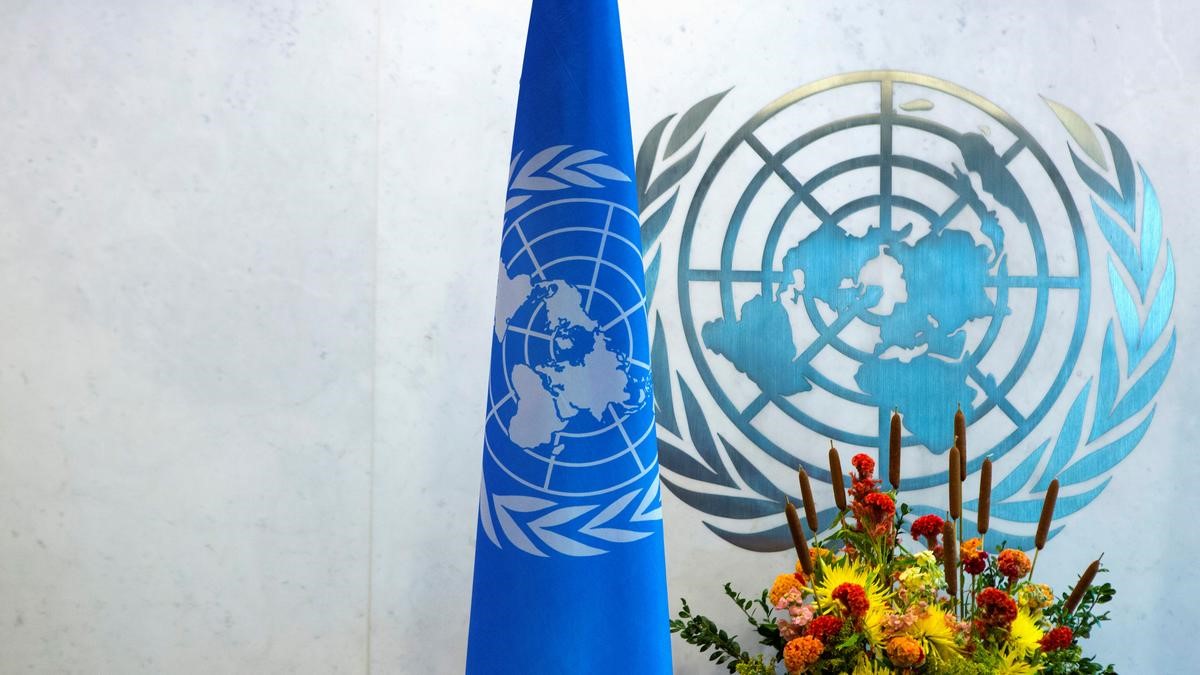Description

Source: Hindu
Disclaimer: Copyright infringement not intended.
Context
- Naik Dhananjay Kumar Singh, who served with the UN Stabilisation Mission in the Democratic Republic of Congo (MONUSCO), was be honoured posthumously with the Dag Hammarskjold medal during a solemn ceremony on May 30 (International Day of United Nations Peacekeepers).
Details
Background of Dag Hammarskjöld
- Dag Hammarskjöld served as the second Secretary-General of the United Nations from 1953 until his untimely death in 1961.
- He was renowned for his unwavering commitment to diplomacy, peacekeeping, and conflict resolution during his tenure.
Creation of the Medal
- The Dag Hammarskjöld Medal was established in December 2000 by the United Nations General Assembly.
- It was created to honor the memory of Secretary-General Dag Hammarskjöld and to recognize the ultimate sacrifice made by peacekeepers in the pursuit of peace.
Criteria for Award
- The medal is awarded posthumously to military, police, and civilian personnel who lose their lives while serving in UN peacekeeping operations.
- Recipients are individuals who have demonstrated exceptional bravery, dedication, and commitment to upholding the principles of the United Nations Charter.
Design and Symbolism
- The medal features the image of Dag Hammarskjöld on the obverse side, with the words "IN THE SERVICE OF PEACE" inscribed around the edge.
- On the reverse side, the medal bears the UN emblem along with the recipient's name, rank, and mission details.
- The medal is typically accompanied by a certificate signed by the Secretary-General of the United Nations.
- Recipients of the Dag Hammarskjöld Medal are honored for their selfless service and sacrifice in some of the most challenging and dangerous environments on the planet.
- Their names are inscribed in the UN's Book of Remembrance, ensuring that their contributions to peacekeeping are forever remembered and celebrated.
By recognizing the bravery and sacrifice of peacekeepers through the Dag Hammarskjöld Medal, the United Nations pays tribute to their invaluable contributions to global peace and security, while also inspiring future generations to continue the noble pursuit of peacekeeping efforts.
About United Nations (UN) Peacekeeping mission
What is the U.N. Peacekeeping Mission?
- Initiation: The UN initiated Peacekeeping efforts in 1948 by deploying military observers to West Asia to monitor the Armistice Agreement between Israel and its Arab neighbors.
- Objective: The mission aims to provide security, political, and peacebuilding support to conflict-ridden countries.
Principles Guiding U.N. Peacekeeping Missions:
- Consent of the Parties: Operations require the consent of the parties involved.
- Impartiality: Peacekeepers must remain impartial in their actions and decisions.
- Non-use of Force: Force is only used in self-defense or in defense of the mandate.
'Blue Helmets':
- Definition: Blue Helmets refer to UN military personnel who work alongside UN Police and civilian colleagues to promote stability, security, and peace processes.
- Origin: They are named after the iconic blue helmets or berets they wear.
Responsibilities of U.N. Military Personnel:
- Protecting Civilians: They safeguard civilians and other UN personnel.
- Monitoring: They monitor disputed borders and peace processes in post-conflict areas.
- Security Provision: They provide security in conflict zones and during elections.
- Training and Support: They assist in-country military personnel with training and support.
Enlistment Process:
- Recruitment: Qualified military officers from UN member states are recruited by the United Nations Office of Military Affairs.
- Secondment: They are seconded to work under the UN flag for defined periods, usually up to one year in the field or longer at headquarters.
United Nations Organization Stabilization Mission in the Democratic Republic of the Congo (MONUSCO):
- Objective: MONUSCO aims to protect civilians, humanitarian personnel, and human rights defenders, and support the government in stabilizing the country.
- Contributors: Pakistan leads in military contributions, while Senegal leads in police contributions.
India's Contribution to U.N. Peacekeeping:
- Historical Involvement: Over 200,000 Indians have served in 49 U.N. Peacekeeping missions since 1948.
- Current Presence: Currently, 5,581 Indians are part of various U.N. Peacekeeping missions.
- Special Initiatives: In 2007, India deployed the first all-women contingent to a U.N. Peacekeeping mission.
Concerns:
- UNMOGIP: India has expressed concerns about the relevance of the United Nations Military Observer Group in India and Pakistan (UNMOGIP) after the signing of the Simla Agreement in 1972 and the establishment of the Line of Control (LoC).
Sources:
Hindu
|
PRACTICE QUESTION
Q. India's substantial contribution to UN Peacekeeping missions underscores its commitment to global peace and security despite concerns about specific missions' relevance. Comment. (250 Words)
|












